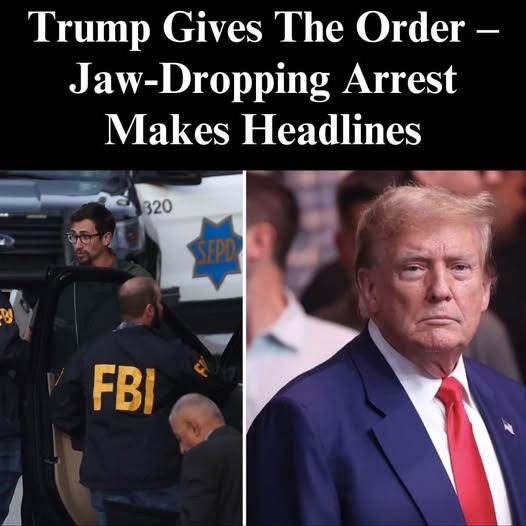President Donald Trump has signed an executive order aimed at cutting off federal benefits for individuals residing in the United States without legal status. The order is intended to prevent taxpayer dollars from being used to support undocumented immigrants, although the specific programs affected have not yet been detailed. Generally, unauthorized immigrants do not qualify for federal assistance, except for emergency medical care. Additionally, a Supreme Court ruling from 1982 ensures that all children, regardless of their immigration status, have access to free public education through high school.
The order cites the 1996 welfare reform law, which initially imposed restrictions on public benefits for undocumented immigrants. However, it suggests that these limitations have weakened over time, allowing taxpayer money to be spent in ways that were not originally intended. The administration argues that previous policies have contributed to this issue by allowing more resources to be allocated to individuals who are not legally eligible.
This move appears to reverse actions taken under former President Joe Biden, whose administration utilized parole programs extensively. More than 900,000 people were granted temporary entry into the U.S. through the CBP One appointment system at the southern border. Additionally, over 500,000 individuals from Cuba, Haiti, Nicaragua, and Venezuela were allowed entry through humanitarian parole programs. These initiatives have now been stopped under Trump’s new policy.
In addition, the Biden administration had approved parole for nearly 300,000 people from Ukraine and Afghanistan. Those who received parole for at least a year were classified as “qualified non-citizens,” making them eligible for specific government benefits like Medicaid and the Children’s Health Insurance Program, but only after a waiting period of at least five years. Some states, however, have chosen to shorten this waiting time.
Trump’s executive order also seeks to examine federal spending that may conflict with the 1996 welfare law. It includes provisions to prevent state and local governments from using federal grants to support sanctuary policies that protect undocumented immigrants.
On his first day back in office, Trump had already signed ten executive orders targeting immigration, including an effort to end birthright citizenship for children of undocumented immigrants and to restrict asylum claims at the U.S.-Mexico border. However, the birthright citizenship order is currently facing legal challenges that could delay or prevent its implementation.
A separate executive order instructs government agencies to review existing regulations alongside a newly formed government efficiency team led by Elon Musk. This team is expected to assess policies and recommend changes to streamline government operations, though some of these changes may face legal scrutiny.
Additionally, the order calls for the elimination of several government agencies and advisory committees. The administration is planning to shut down the United States Institute for Peace, which works on international conflict resolution, the Inter-American Foundation, which funds community projects in Latin America, and the U.S. African Development Foundation, which supports local initiatives in Africa.
This latest executive action aligns with Trump’s broader goal of reshaping the federal government and reducing spending on programs he views as unnecessary or misused.


